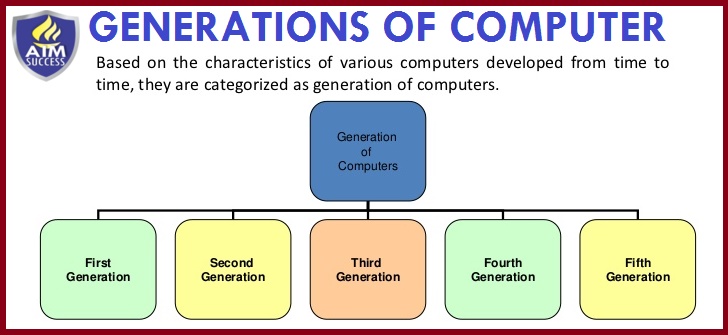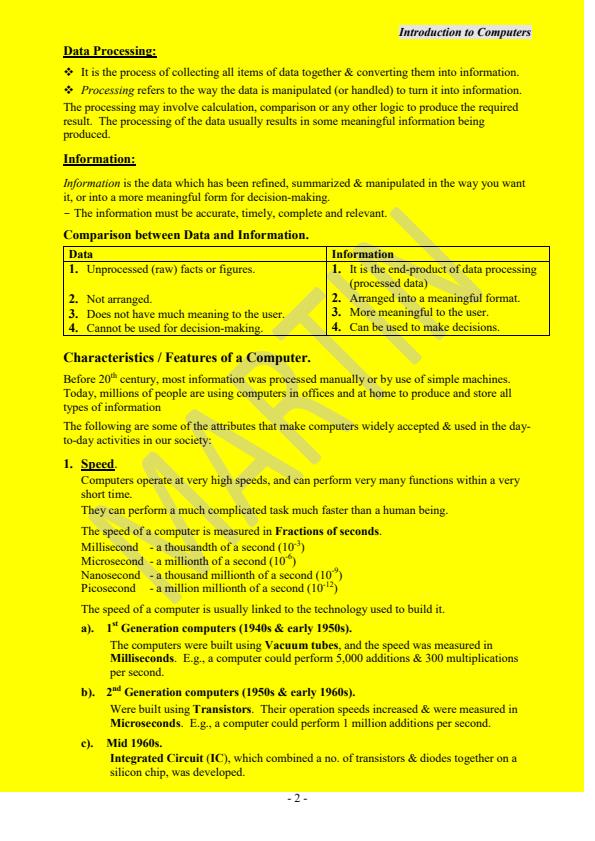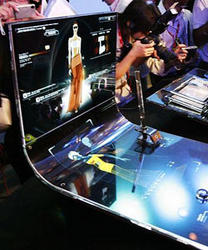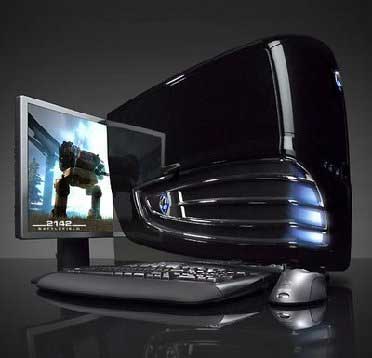Computer generations refer to the different stages of development and technological advancement in the field of computing. These generations are characterized by major technological developments and innovations that have significantly impacted the way computers are used and have revolutionized the field of computing.
The first generation of computers, which lasted from the 1940s to the 1950s, was characterized by the use of vacuum tubes as the primary electronic component. These computers were large, expensive, and consumed a lot of energy. They were also prone to errors and breakdowns due to the use of vacuum tubes, which had a tendency to burn out.
The second generation of computers, which lasted from the 1950s to the 1960s, marked the beginning of the use of transistors as the primary electronic component. Transistors were a significant improvement over vacuum tubes as they were smaller, more reliable, and consumed less energy. The second generation of computers also saw the development of programming languages such as COBOL and FORTRAN, which made it easier to write and execute programs on computers.
The third generation of computers, which lasted from the 1960s to the 1970s, was characterized by the development of integrated circuits. These circuits, also known as microchips, allowed for the creation of smaller and more powerful computers. The third generation of computers also saw the development of operating systems, which made it easier to use computers and allowed for the development of more sophisticated software programs.
The fourth generation of computers, which lasted from the 1970s to the 1980s, was characterized by the development of microprocessors. Microprocessors are tiny chips that contain all the components of a computer, including the central processing unit (CPU), memory, and input/output devices. The fourth generation of computers also saw the development of personal computers, which made computers more accessible to the general public.
The fifth generation of computers, which is still ongoing, is characterized by the development of artificial intelligence (AI) and machine learning. These technologies have allowed computers to perform tasks that were previously thought to be the exclusive domain of humans, such as language translation, image and speech recognition, and decision-making. The fifth generation of computers has also seen the development of the internet, which has revolutionized the way we communicate, access information, and do business.
In conclusion, the different generations of computers have been marked by significant technological advancements and innovations that have significantly impacted the field of computing and the way we use computers in our daily lives. Each generation has brought with it new capabilities and possibilities, and it is likely that the future will bring even more exciting developments in the field of computing.







